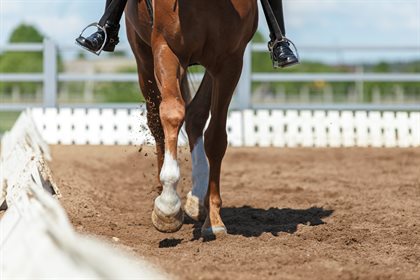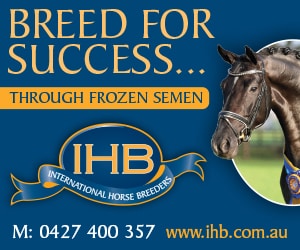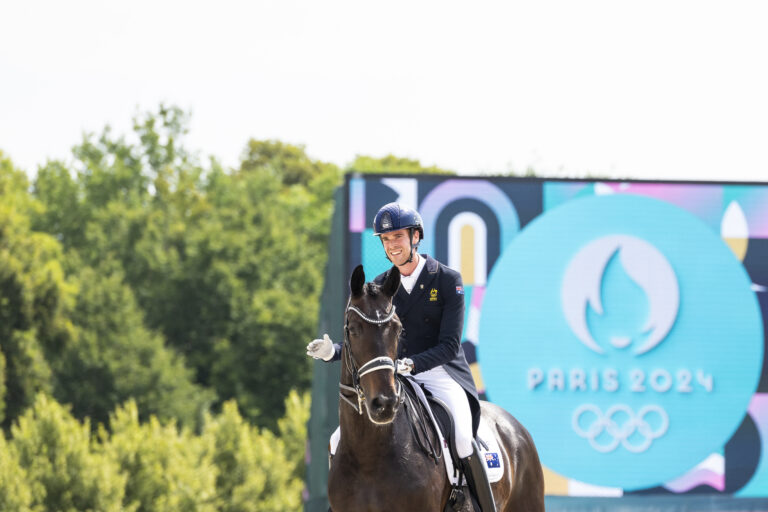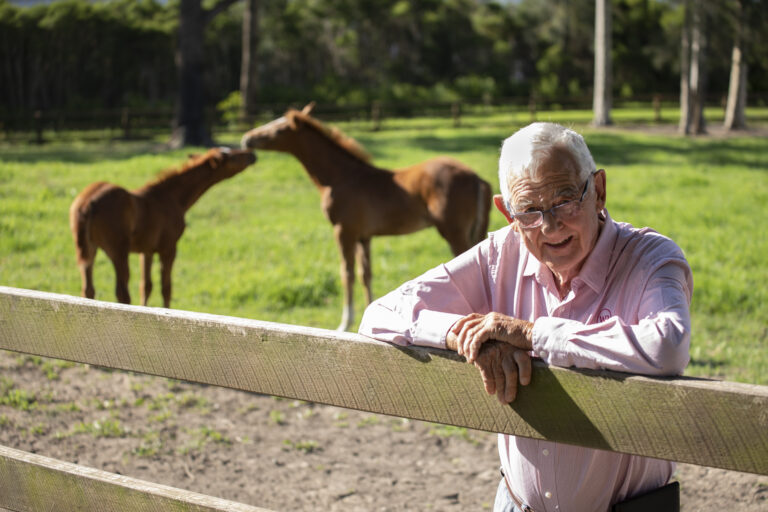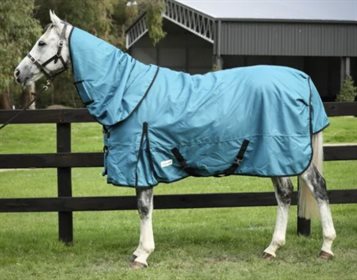This article first appeared in the July 2022 digital edition of Equestrian Life. To see what’s in the current issue, click here.
The language of dressage: Straightness
By Michael Baker
Do you understand the meaning of the term ‘straightness’? Starting with the definition from our reference book, The Principles of Riding, let’s explore this important concept.
To understand straightness as spelt out in the German riding system, you must understand that horses are naturally born crooked! Let’s see if we can make sense of that in this second instalment in my series on the Language of Dressage.
Let’s start with the definition from our reference book The Principles of Riding defines straightness as follows: “A horse is said to be straight when its forehand is in line with its hindquarters, that is, when the longitudinal axis is in line with the straight or curved track it is following. In Germany, the horse is then also said to be ‘covering the track’. Straightness is necessary in order for the weight to be evenly distributed over the two halvese 2/2 of the body. It is developed through systematically training and suppling (gymnasticising) both sides of the body equally.
“Most horses are naturally crooked like right-handed and left-handed humans. This crookedness has its origins in the brain and is something the horse is born with. Also, the horse’s shoulders are narrower than its hindquarters, which further encourages it to be crooked.
“In most cases, the right-hand hind foot is set down further to the right than the right forefoot. As a result, the right hind leg has to push forward more while the left hind leg is required to bend more. Also, the left foreleg is subjected to more wear and tear…
Click here to read the full article FREE in the July 2022 issue of Equestrian Life magazine.

